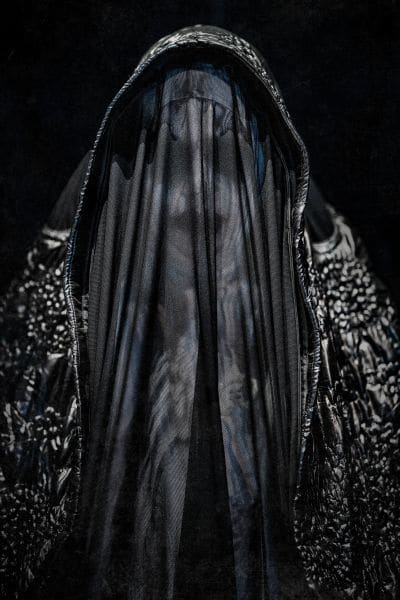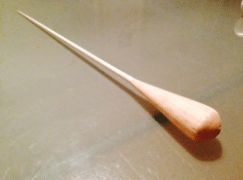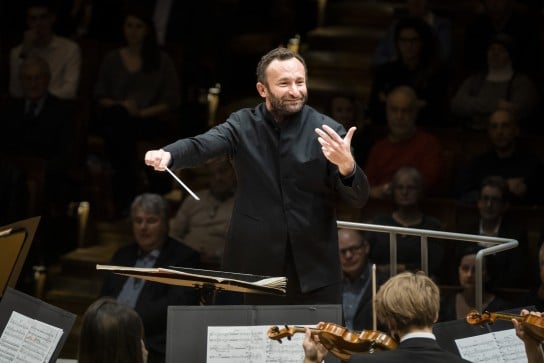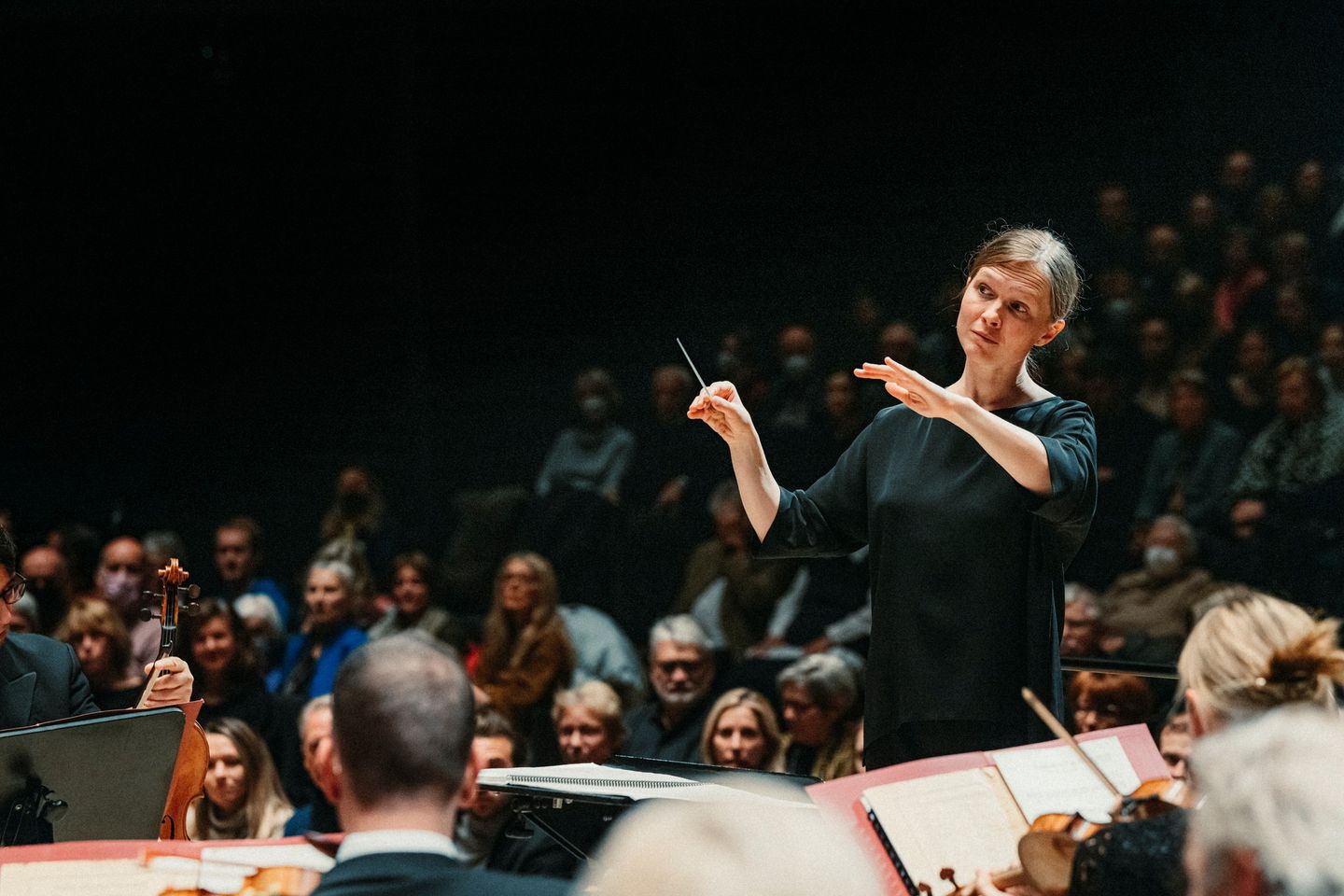Danes premiere new opera on a live supreme court case
NewsHugh Kerr reports from Copenhagen:
Copenhagen Opera have just premiered one of the best new operas I have seen in the past 50 years of opera going. What is more, it is visually stunning, has an engaging and melodic score, is well sung and deals with one of the most important issues of our time, namely assisted death. It truly is an opera for our time.
‘The Manual’ stems from the case of a Danish doctor, Svend Lings, who wrote a guide to how to end your life, which included naming of medications (none available without prescription) which could be used. He was sentenced to 40 days in prison in 2019, increased to 60 after appeal this year, and this sentence is currently under further appeal to the Supreme Court in Denmark, making this a truly topical opera. Assisting suicide is against the law in Denmark, as it is in Britain and most other countries. In Scotland an attempt was made a few years ago in the Scottish Parliament by Margo MacDonald MSP to introduce a bill to assist people to die but it was defeated, partly due to the power of religion. So in Denmark as in Britain if you want assistance in dying you must travel to Holland or to Dignitas in Switzerland.
The challenge facing the composer Louise Alenius was how to deal with the issue of death. Her brilliant answer was to create the body in visual terms on the big stage of Copenhagen Opera. In the opera she shows how the organs interact and how when in pain and nearing the end of life Consciousness, beautifully sung by Elisabeth Jansson, attempts to persuade different parts of the body to follow The Manual, personified by Morten Grove Jansen in an impressive pointy hat, and end life painlessly. Interestingly the opera had to remove the mention of a specific medicine or they too would have run foul of the law.
Each organ of the body was represented by singers or dancers. The heart was represented by baritone Petri Lindroos in a large wire creation hovering over the organs as they interacted, eventually lowered as the body’s condition worsened and brought to end by violent shocks, administered by Angina sung by Sofie Lund, as a merciful Angel of Death. The other organs of the body were represented by singers and dancers vividly representing red blood corpuscles or green lungs. The chorus presaged death shrouded in black and Angina was dressed in white. The sets and costumes and lighting were superbly done by Sasha Milavic Davies, Marie Dali and Mathias Hersland.
The music was a revelation; it was modern but melodic and evocative, at times sounding a bit like Phillip Glass but without his relentless repetition. The small Danish opera orchestra under conductor Robert Houssart produced ravishing music to fit the scenes. The composer Louise Alenius is a specialist in film music and this really showed in her portrayal of the different organs. She is also the composer of ‘The Silent Zone’, a well received chamber opera about domestic abuse in 2017. Clearly she believes opera should tackle tough topics!
Indeed modern opera should tackle topical issues, but it helps if it does it in a way that entertains as well as provoking thought amongst the audience and this it clearly did in Copenhagen. The audience were clearly very appreciative of the work and gave it warm applause at the end. Copenhagen Opera showed that you can tackle controversial issues and inform and entertain. I predict that ‘The Manual’ will be translated and will become an important part of the repertoire and will be produced in many opera houses; there aren’t many modern operas that manage to do that.
Hugh Kerr, editor Edinburgh Music Review
photo: Camilla Winther






A topic dear to my heart. Both parents died through assisted suicide and I anticipate suicide – assisted or otherwise – as my exit from this mortal coil. Not driven by grief, despair or depression, simply a sense that my appetite for self-indulgence has been sated.
I hope I get a chance to see this opera. Given the review, I’d be willing to travel a long way to get to a performance.
Such are the joys of having no dependents.
Alas, just two performances left, both this week. Heading to Europe next week, but cannot get away earlier.
Hug, after reading yet another of your reviews, I welcome the subject matter of this new opera.
These “right-to-die” countries can’t commit collective suicide quickly enough. Hence the government assistance.
“The challenge facing the composer … was how to deal with the issue of death.”
You’re kidding me right? This is the world of opera. Name one opera that doesn’t deal with death, is about death, has a death in it, refers to death, implies death, mentions death, causes death, results in death, results from death, laughs about death, desires for death…
Maskerade, Carl Nielsen. That’s one.
The final chorus literally sings
Naar Døden raaber sit Kørud
i Livets Basseralle,
saa Jord og Himmel gjalde,
maa alle Stjerner falde
All comedies – L’Elisir d’Amore, Il Barbiere di Siviglia, Don Pasquale to name but a few.
And don’t you think there is a difference between a few _mentions_ of death in libretti (and a few corpses in the end), and writing an opera _about_ death? I think this is a very big difference. For all that death mentioning in old rep libretti, there’s very little _preoccupation_ with death; death happens as a rule at short notice, as a result of the characters’ preoccupation with something else that leads to death. By your logic all Italian operas are also about honor, fate, god, love, and heaven. All short words, all full of vowels, all very useful to librettists. In this case you would be correct – characters are preoccupied with honor, fate, god, love, also with betrayal, revenge, justice, and self sacrifice. With death, not so much. Death happens but it isn’t the _subject_ of most repertoire operas. The bleak outlook on life was introduced by late German Romanticism and flourished only there in the beginning, then took over, but the rest of the 18-19th century repertoire has a sort of unbroken vitality and is refreshingly free of this malaise.
That being said, I am very glad new music is being written to contemporary man’s important issues. This is as it should be – a more sensible approach than trying to impose contemporary man’s morbid preoccupation with himself, forever chasing new miseries, never content with the misery he has, on old repertoire where it doesn’t belong. Leave the old repertoire to its beauty and its clear, primary messages, its unbroken vitality and vigor, and save the misery, the neurosis, the depression, and the digging beneath ‘surface values’ for contemporary works in a world in which ‘beauty’ is a dirty word. We are all so deep these days. We seem incapable of producing anything of lasting value, but deep we are.
Of course, our time rejoices in abortion and suicide, and what finer subject for modern art.
Sad.
1 Samuel 2
6 “The LORD killeth, and maketh alive: he bringeth down to the grave, and bringeth up.”
Great idea, very good production, staging, costumes etc. But music is very bad. Fast food for symphony orchestra. Sorry.